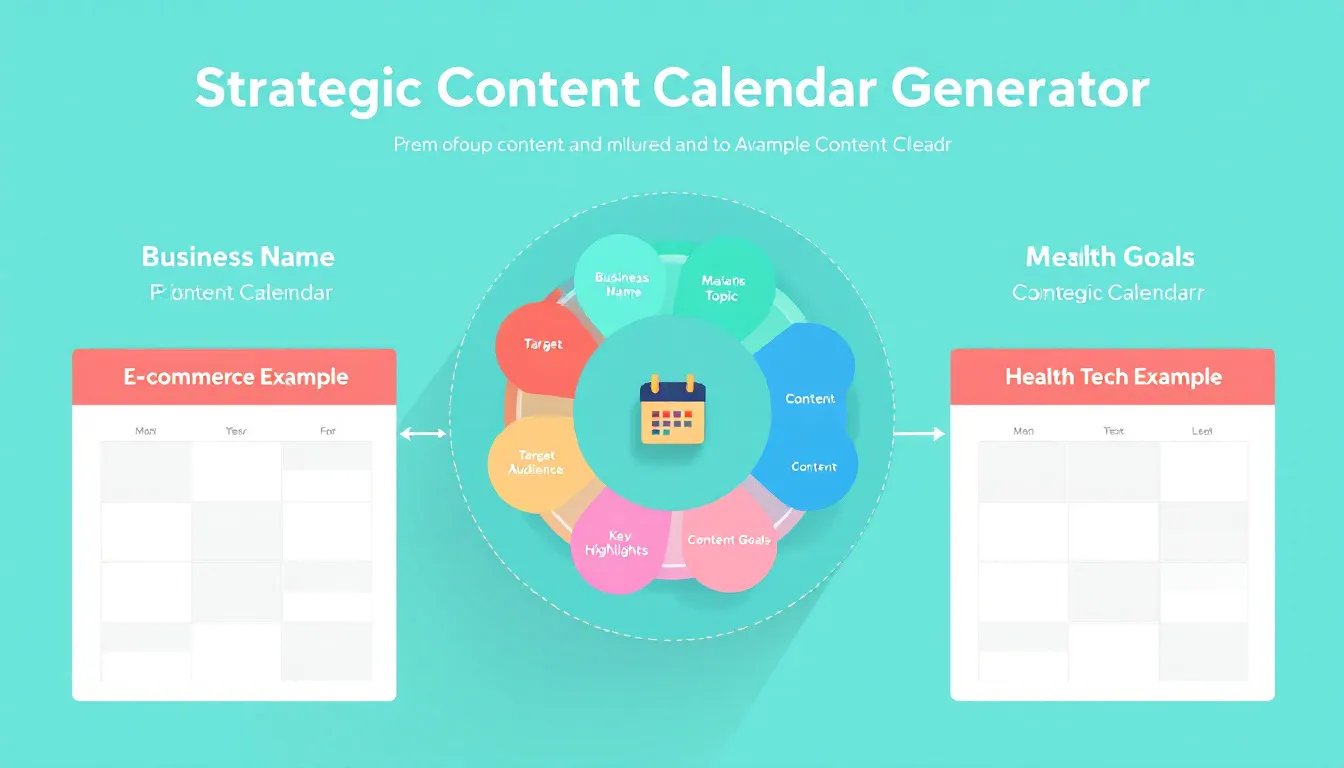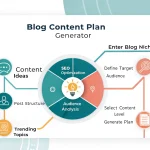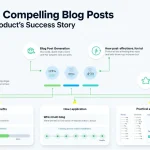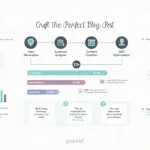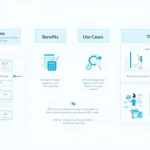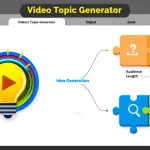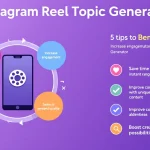Is this tool helpful?
How to Use the Content Calendar Generator Tool Effectively
To create a strategic content calendar with engaging blog post ideas, follow these simple steps:
- Business Name: Enter your company name (e.g., “Green Living Solutions” or “FitnessPro Hub”)
- Target Audience: Specify your audience demographics and interests (e.g., “Health-conscious parents aged 30-45” or “Tech professionals interested in productivity”)
- Main Topic: Define your primary content focus (e.g., “Home organization tips” or “Digital wellness strategies”)
- Key Highlights: List important points to emphasize (e.g., “Expert insights, practical solutions, success stories” or “Research-backed methods, tool recommendations, case studies”)
- Content Goals: Optional field to specify desired outcomes (e.g., “Build authority in wellness space” or “Generate qualified leads”)
Understanding the Content Calendar Generator
This advanced content planning tool streamlines the process of creating strategic blog post ideas that resonate with your target audience while maintaining brand consistency and marketing objectives. It combines audience insights with content strategy best practices to generate a cohesive content calendar that drives engagement and achieves business goals.
Core Features and Capabilities
- Audience-centric content ideation
- Strategic topic development
- Goal-aligned content planning
- Brand message integration
- Structured content organization
Benefits of Using the Content Calendar Generator
1. Strategic Content Planning
The tool helps maintain consistent publishing schedules while ensuring each piece of content serves a specific purpose in your marketing strategy.
2. Time and Resource Optimization
Eliminate hours spent brainstorming by generating relevant content ideas instantly, allowing your team to focus on content creation and delivery.
3. Audience Alignment
Create content that specifically addresses your target audience’s needs, interests, and pain points, improving engagement and conversion rates.
4. Brand Consistency
Maintain a coherent brand voice and message across all blog posts while highlighting key selling points and value propositions.
Solving Content Planning Challenges
Challenge 1: Content Ideation
The tool addresses the common struggle of generating fresh, relevant content ideas by considering your specific industry, audience, and business objectives.
Challenge 2: Strategic Alignment
Each generated blog post idea is carefully crafted to support your marketing goals while providing value to your audience.
Challenge 3: Consistency
The tool ensures a balanced mix of topics and themes, maintaining reader interest while reinforcing your brand message.
Practical Applications and Examples
Example 1: E-commerce Fashion Brand
Input:
- Business: StyleSense Boutique
- Target Audience: Fashion-forward women aged 25-40
- Main Topic: Sustainable Fashion
- Key Highlights: Eco-friendly materials, ethical production, styling tips
Generated Content Calendar:
- Blog 1: “10 Sustainable Fabric Innovations Revolutionizing Fashion”
- Blog 2: “How to Build a Capsule Wardrobe with Eco-Friendly Pieces”
- Blog 3: “The True Cost of Fast Fashion: Making Ethical Choices”
- Blog 4: “Sustainable Style Guide: From Office to Weekend”
- Blog 5: “Behind the Scenes: Our Ethical Production Process”
Example 2: Health Technology Company
Input:
- Business: HealthTech Solutions
- Target Audience: Healthcare professionals and administrators
- Main Topic: Digital Health Innovation
- Key Highlights: Technology benefits, implementation success, ROI
Generated Content Calendar:
- Blog 1: “AI in Healthcare: Transforming Patient Care”
- Blog 2: “5 Digital Health Trends Reshaping Medical Practice”
- Blog 3: “Implementing Telehealth: A Step-by-Step Guide”
- Blog 4: “How Data Analytics Improves Patient Outcomes”
- Blog 5: “Future of Healthcare: Emerging Technologies”
Frequently Asked Questions
How often should I generate new content ideas?
Generate content ideas monthly or quarterly to maintain a consistent content pipeline while allowing flexibility for trending topics and seasonal content.
Can I modify the generated blog post ideas?
Yes, the generated ideas serve as a foundation that you can customize and adapt to better suit your specific needs and brand voice.
What makes a good content calendar?
A good content calendar balances educational content with promotional material, addresses various audience pain points, and maintains consistent posting frequency.
How can I maximize the effectiveness of my content calendar?
Align your content with key business events, industry trends, and seasonal opportunities while maintaining focus on your target audience’s needs and interests.
Should I include different content types in my calendar?
Yes, vary your content formats to include how-to guides, industry insights, case studies, and thought leadership pieces to keep your audience engaged.
How do I measure content calendar success?
Track key metrics like engagement rates, time on page, conversion rates, and social shares to evaluate the effectiveness of your content strategy.
Best Practices for Content Calendar Implementation
1. Content Distribution
Plan for multi-channel distribution of your blog posts across social media, email newsletters, and other relevant platforms.
2. Content Optimization
Optimize each blog post for search engines while maintaining readability and value for your audience.
3. Content Updates
Regularly review and refresh your content calendar to ensure alignment with current business objectives and market conditions.
4. Content Collaboration
Share your content calendar with team members to ensure coordinated efforts in content creation and promotion.
Important Disclaimer
The calculations, results, and content provided by our tools are not guaranteed to be accurate, complete, or reliable. Users are responsible for verifying and interpreting the results. Our content and tools may contain errors, biases, or inconsistencies. We reserve the right to save inputs and outputs from our tools for the purposes of error debugging, bias identification, and performance improvement. External companies providing AI models used in our tools may also save and process data in accordance with their own policies. By using our tools, you consent to this data collection and processing. We reserve the right to limit the usage of our tools based on current usability factors. By using our tools, you acknowledge that you have read, understood, and agreed to this disclaimer. You accept the inherent risks and limitations associated with the use of our tools and services.
